AMD Ryzen 5 3400G vs Intel Core i5-9400F
|
|
|
|
|
AMD Ryzen 5 3400G vs Intel Core i5-9400F
Comparison of the technical characteristics between the processors, with the AMD Ryzen 5 3400G on one side and the Intel Core i5-9400F on the other side. The first is dedicated to the desktop sector, It has 4 cores, 8 threads, a maximum frequency of 4,2GHz. The second is used on the desktop segment, it has a total of 6 cores, 6 threads, its turbo frequency is set to 4,1 GHz. The following table also compares the lithography, the number of transistors (if indicated), the amount of cache memory, the maximum RAM memory capacity, the type of memory accepted, the release date, the maximum number of PCIe lanes, the values obtained in Geekbench 4 and Cinebench R15.
Note: Commissions may be earned from the links above.
This page contains references to products from one or more of our advertisers. We may receive compensation when you click on links to those products. For an explanation of our advertising policy, please visit this page.
Specifications:
| Processor | AMD Ryzen 5 3400G | Intel Core i5-9400F | ||||||
| Market (main) | Desktop | Desktop | ||||||
| ISA | x86-64 (64 bit) | x86-64 (64 bit) | ||||||
| Microarchitecture | Zen+ | Coffee Lake | ||||||
| Core name | Picasso | Coffee Lake-S | ||||||
| Family | Ryzen 5 3000 | Core i5-9000 | ||||||
| Part number(s), S-Spec | YD3400C5M4MFH, YD3400C5FHBOX |
BX80684I59400F, CM8068403358819, SRF6M |
||||||
| Release date | Q3 2019 | Q1 2019 | ||||||
| Lithography | 12 nm | 14 nm++ | ||||||
| Transistors | 4. 950.000.000 950.000.000 |
— | ||||||
| Cores | 4 | 6 | ||||||
| Threads | 8 | 6 | ||||||
| Base frequency | 3,7 GHz | 2,9 GHz | ||||||
| Turbo frequency | 4,2 GHz | 4,1 GHz | ||||||
| Cache memory | 4 MB | 9 MB | ||||||
| Max memory capacity | 64 GB | 128 GB | ||||||
| Memory types | DDR4-2933 | DDR4-2666 | ||||||
| Max # of memory channels | 2 | 2 | ||||||
| Max memory bandwidth | 43,71 GB/s | 41,6 GB/s | ||||||
| Max PCIe lanes | 12 | 16 | ||||||
| TDP | 65 W | 65 W | ||||||
| Suggested PSU | 600W ATX Power Supply | 600W ATX Power Supply | ||||||
| GPU integrated graphics | AMD Radeon RX Vega 11 | None | ||||||
| GPU cores | 11 | — | ||||||
| GPU shading units | 704 | — | ||||||
| GPU base clock | 300 MHz | — | ||||||
| GPU boost clock | 1400 MHz | — | ||||||
| GPU FP32 floating point | 1. 746 GFLOPS 746 GFLOPS |
— | ||||||
| Socket | AM4 | LGA1151 | ||||||
| Compatible motherboard | Socket AM4 Motherboard | Socket LGA 1151 Motherboard | ||||||
| Maximum temperature | 95°C | 100°C | ||||||
| CPU-Z single thread | 461 | 443 | ||||||
| CPU-Z multi thread | 2.518 | 2.525 | ||||||
| Cinebench R15 single thread | 162 | 177 | ||||||
| Cinebench R15 multi-thread | 752 | 987 | ||||||
| Cinebench R23 single thread | 980 | 1.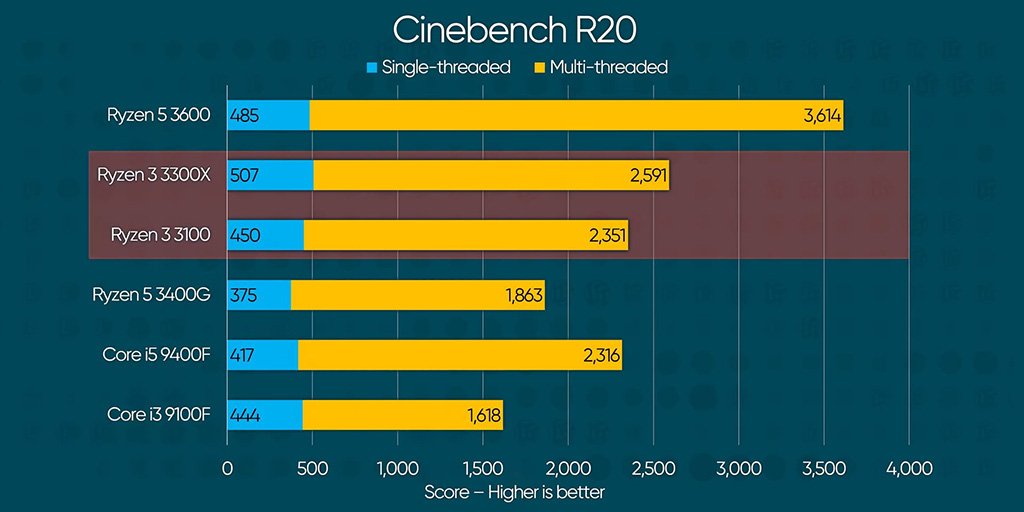 010 010 |
||||||
| Cinebench R23 multi-thread | 4.814 | 5.571 | ||||||
| PassMark single thread | 2.353 | 2.470 | ||||||
| PassMark CPU Mark | 9.338 | 9.536 | ||||||
| (Windows 64-bit) Geekbench 4 single core |
4.337 | 4.914 | ||||||
| (Windows 64-bit) Geekbench 4 multi-core |
14.118 | 19.012 | ||||||
| (SGEMM) GFLOPS performance |
237,1 GFLOPS | 344,7 GFLOPS | ||||||
| (Multi-core / watt performance) Performance / watt ratio |
217 pts / W | 292 pts / W | ||||||
| Amazon | ||||||||
| eBay |
Note: Commissions may be earned from the links above.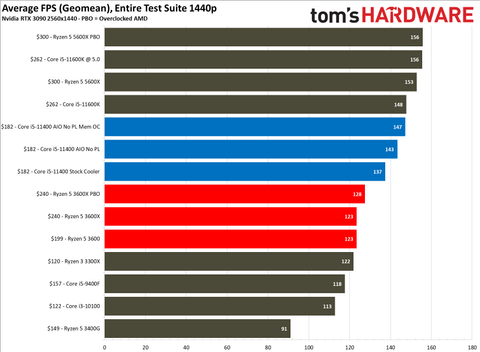
We can better compare what are the technical differences between the two processors.
Suggested PSU: We assume that we have An ATX computer case, a high end graphics card, 16GB RAM, a 512GB SSD, a 1TB HDD hard drive, a Blu-Ray drive. We will have to rely on a more powerful power supply if we want to have several graphics cards, several monitors, more memory, etc.
Price: For technical reasons, we cannot currently display a price less than 24 hours, or a real-time price. This is why we prefer for the moment not to show a price. You should refer to the respective online stores for the latest price, as well as availability.
The processor Intel Core i5-9400F has a larger number of cores, the maximum frequency of AMD Ryzen 5 3400G is greater, that their respective TDP are of the same order. Both were produced in the same year.
Performances :
Performance comparison between the two processors, for this we consider the results generated on benchmark software such as Geekbench 4.
| CPU-Z — Multi-thread & single thread score | |
|---|---|
| Intel Core i5-9400F |
443 2.525 |
| AMD Ryzen 5 3400G |
461 2.518 |
In single core, the difference is 4%. In multi-core, the difference in terms of gap is 0%.
Note: Commissions may be earned from the links above. These scores are only an
average of the performances got with these processors, you may get different results.
CPU-Z is a system information software that provides the name of the processor, its model number, the codename, the cache levels, the package, the process. It can also gives data about the mainboard, the memory. It makes real time measurement, with finally a benchmark for the single thread, as well as for the multi thread.
| Cinebench R15 — Multi-thread & single thread score | |
|---|---|
| Intel Core i5-9400F |
177 987 |
| AMD Ryzen 5 3400G |
162 752 |
In single core, the difference is 9%. In multi-core, the difference in terms of gap is 31%.
In multi-core, the difference in terms of gap is 31%.
Note: Commissions may be earned from the links above. These scores are only an
average of the performances got with these processors, you may get different results.
Cinebench R15 evaluates the performance of CPU calculations by restoring a photorealistic 3D scene. The scene has 2,000 objects, 300,000 polygons, uses sharp and fuzzy reflections, bright areas, shadows, procedural shaders, antialiasing, and so on. The faster the rendering of the scene is created, the more powerful the PC is, with a high number of points.
| Cinebench R23 — Multi-thread & single thread score | |
|---|---|
| Intel Core i5-9400F |
1.010 5.571 |
| AMD Ryzen 5 3400G |
980 4.814 |
In single core, the difference is 3%.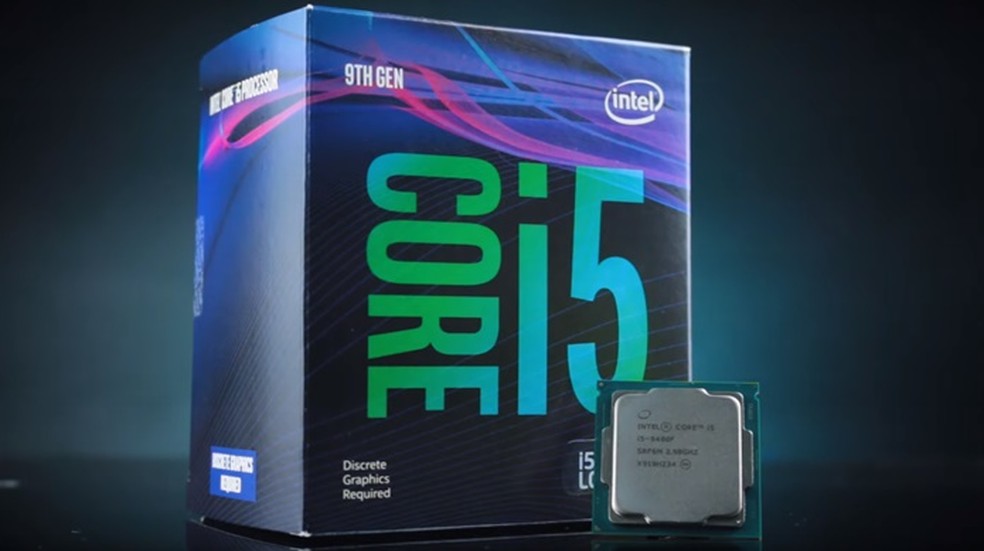 In multi-core, the difference in terms of gap is 16%.
In multi-core, the difference in terms of gap is 16%.
Note: Commissions may be earned from the links above. These scores are only an
average of the performances got with these processors, you may get different results.
Cinebench R23 is cross-platform testing software that allows you to assess the hardware capabilities of a device such as a computer, tablet, server. This version of Cinebench takes into account recent developments in processors with multiple cores and the latest improvements in rendering techniques. The evaluation is ultimately even more relevant. The test scene contains no less than 2,000 objects and more than 300,000 polygons in total.
| PassMark — CPU Mark & single thread | |
|---|---|
| Intel Core i5-9400F |
2.470 9.536 |
| AMD Ryzen 5 3400G |
2.353 9.  338 338 |
In single core, the difference is 5%. In multi-core, the difference in terms of gap is 2%.
Note: Commissions may be earned from the links above. These scores are only an
average of the performances got with these processors, you may get different results.
PassMark is a benchmarking software that performs several performance tests including prime numbers, integers, floating point, compression, physics, extended instructions, encoding, sorting. The higher the score is, the higher is the device capacity.
On Windows 64-bit:
| Geekbench 4 — Multi-core & single core score — Windows 64-bit | |
|---|---|
| Intel Core i5-9400F |
4.914 19.012 |
| AMD Ryzen 5 3400G |
4.337 14.118 |
In single core, the difference is 13%. In multi-core, the difference in terms of gap is 35%.
In multi-core, the difference in terms of gap is 35%.
On Linux 64-bit:
| Geekbench 4 — Multi-core & single core score — Linux 64-bit | |
|---|---|
| Intel Core i5-9400F |
5.288 19.278 |
| AMD Ryzen 5 3400G |
5.096 17.759 |
In single core, the difference is 4%. In multi-core, the difference in terms of gap is 9%.
Note: Commissions may be earned from the links above. These scores are only an
average of the performances got with these processors, you may get different results.
Geekbench 4 is a complete benchmark platform with several types of tests, including data compression, images, AES encryption, SQL encoding, HTML, PDF file rendering, matrix computation, Fast Fourier Transform, 3D object simulation, photo editing, memory testing. This allows us to better visualize the respective power of these devices. For each result, we took an average of 250 values on the famous benchmark software.
This allows us to better visualize the respective power of these devices. For each result, we took an average of 250 values on the famous benchmark software.
Equivalence:
AMD Ryzen 5 3400G Intel equivalentIntel Core i5-9400F AMD equivalent
See also:
Intel Core i5-9400Intel Core i5-9400HIntel Core i5-9400T
AMD Ryzen 5 3400G vs Intel Core i5-9400F
Summary
-
AMD Ryzen 5 3400G
100%
-
Intel Core i5-9400F
100%
Relative performance
-
AMD Ryzen 5 3400G
100%
-
Intel Core i5-9400F
100%
Relative performance
-
AMD Ryzen 5 3400G
100%
-
Intel Core i5-9400F
101%
Relative performance
Reasons to consider AMD Ryzen 5 3400G |
Has an integrated GPU, which allows to run the system without a dedicated graphics card, unlike the Intel Core i5-9400F.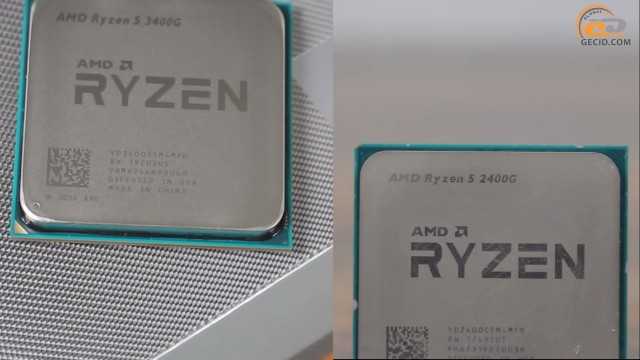 |
Reasons to consider Intel Core i5-9400F |
| None |
Gaming
No clear winner declared
Productivity
No clear winner declared
Features
| AMD Ryzen 5 3400G | Intel Core i5-9400F | |||
|---|---|---|---|---|
| MMX | ||||
| SSE | ||||
| SSE2 | ||||
| SSE3 | ||||
| SSSE3 | ||||
| SSE4A | ||||
| SSE4.1 | ||||
| SSE4.2 | ||||
| AES | ||||
| AVX | ||||
| AVX2 | ||||
| BMI1 | ||||
| BMI2 | ||||
| SHA | ||||
| F16C | ||||
| FMA3 | ||||
| AMD64 | ||||
| EVP | ||||
| AMD-V | ||||
| SMAP | ||||
| SMEP | ||||
| SMT | ||||
| Precision Boost | ||||
| EIST | ||||
| Intel 64 | ||||
| XD bit | ||||
| VT-x | ||||
| VT-d | ||||
| AES-NI | ||||
| TSX | ||||
| TXT | ||||
| CLMUL | ||||
Boost 2.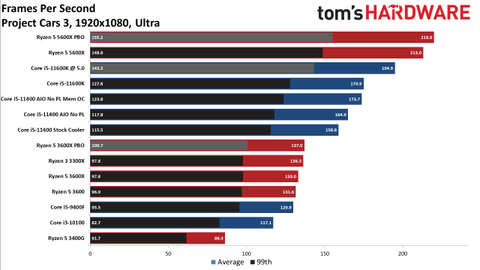 0 0 |
||||
Architecture
| AMD Ryzen 5 3400G | Intel Core i5-9400F | |||
|---|---|---|---|---|
| Architecture | AMD Zen+ | vs | Intel_Coffelake | |
| Market | Desktop | vs | Desktop | |
| Memory Support | DDR4 | vs | DDR4 | |
| Codename | Picasso | vs | Coffee Lake | |
| Release Date | Jul 2019 | vs | Jan 2019 |
Cores
| AMD Ryzen 5 3400G | Intel Core i5-9400F | |||
|---|---|---|---|---|
| Cores | 4 | vs | 6 | |
| Threads | 8 | vs | 6 | |
| SMPs | 1 | vs | 1 | |
| Integrated Graphics | Radeon RX Vega 11 | vs | No |
Cache
| AMD Ryzen 5 3400G | Intel Core i5-9400F | |||
|---|---|---|---|---|
| L1 Cache | 128K (per core) | vs | 64K (per core) | |
| L2 Cache | 512K (per core) | vs | 256K (per core) | |
| L3 Cache | 4MB (shared) | vs | 9MB (shared) |
Physical
| AMD Ryzen 5 3400G | Intel Core i5-9400F | |||
|---|---|---|---|---|
| Socket | AMD Socket AM4 | vs | Intel Socket 1151 | |
| Max Case Temp | unknown | vs | 72°C | |
| Package | µOPGA-1331 | vs | FC-LGA1151 | |
| Die Size | 210mm² | vs | unknown | |
| Process | 12 nm | vs | 14 nm |
Performance
| AMD Ryzen 5 3400G | Intel Core i5-9400F | |||
|---|---|---|---|---|
| Cpu Frequency | 3700 MHz | vs | 2900 MHz | |
| Turbo Clock | 4200 MHz | vs | 4100 MHz | |
| Base Clock | 100 MHz | vs | 100 MHz | |
| Voltage | variable | vs | variable | |
| TDP | 65 W | vs | 65 W |
-
AMD Ryzen 5 3400G
4620 points
-
Intel Core i5-9400F
4920 points
Points — higher is better
-
AMD Ryzen 5 3400G
19861 points
-
Intel Core i5-9400F
20880 points
Points — higher is better
-
AMD Ryzen 5 3400G (simulated)
173.

